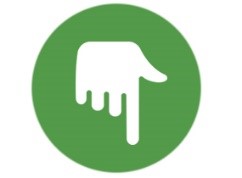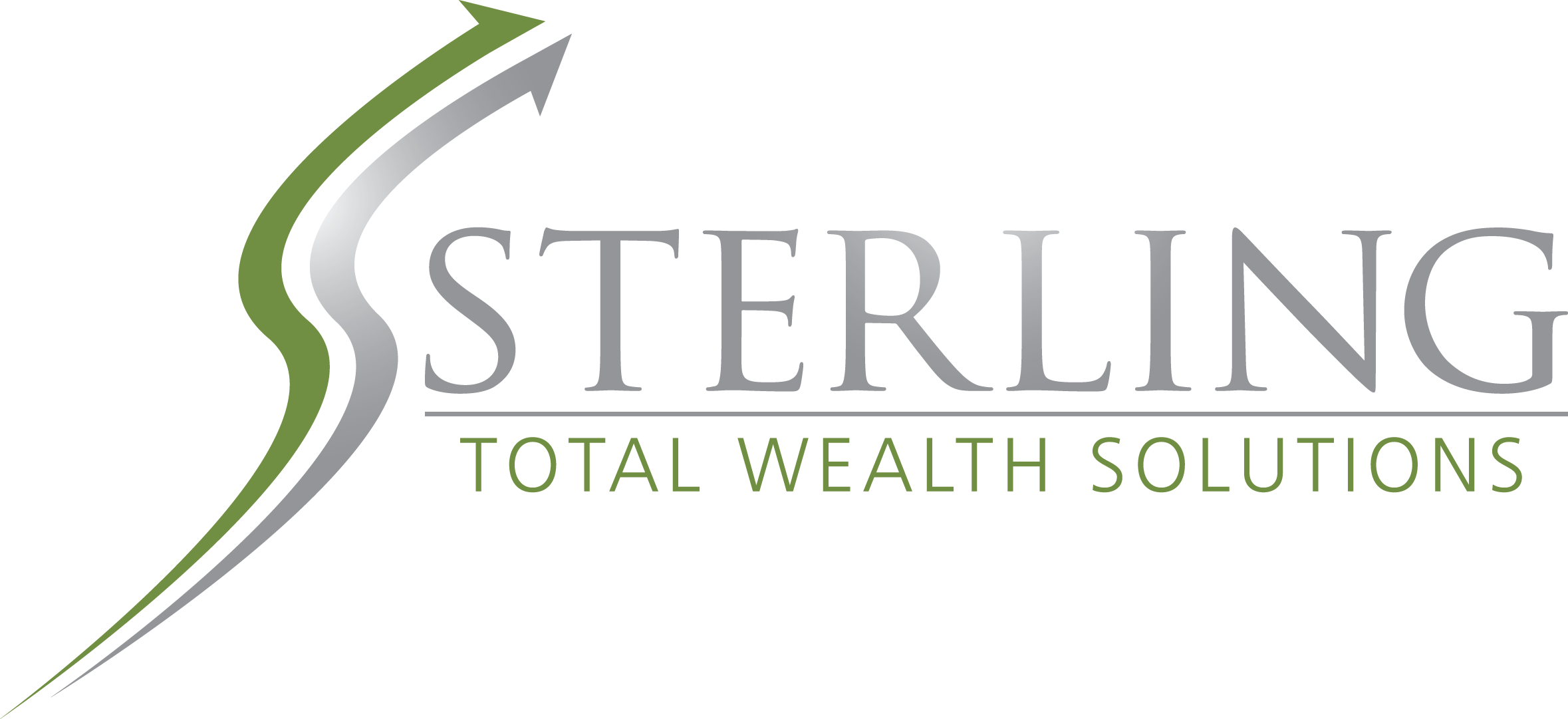In this Q4 recap: the appearance of two COVID-19 vaccines gives businesses and consumers hope and lifts stocks; U.S. lawmakers approve a second financial stimulus; European negotiators sign off on a post-Brexit trade deal.
Quarterly Economic Update
A review of Q4 2020 | Presented by Sterling Total Wealth Solutions
THE QUARTER IN BRIEF
On Wall Street, the fourth quarter’s biggest development had everything to do with science and medicine. In November, news that two vaccines had been highly effective against COVID-19 in clinical trials strengthened Wall Street’s fall rally. The Food and Drug Administration (FDA) authorized both vaccines for emergency use weeks later.
Two important deals were struck after much negotiation. In the nation’s capital, Congress approved a second economic stimulus in response to the pandemic. Overseas, the United Kingdom and the European Union met the deadline to forge a post-Brexit trade agreement.
All three major Wall Street indices ended 2020 with 12-month gains, with the Nasdaq Composite far outpacing the Dow Jones Industrial Average and S&P 500. As a tragic year ended, participants in financial markets here and abroad hoped that vaccine rollouts, further economic support measures, and dovish monetary policies would help stabilize the global economy in 2021.
THE U.S. ECONOMY
The federal government’s Operation Warp Speed produced results. In December, the FDA greenlighted the immediate distribution of two COVID-19 vaccines, both of which were found more than 90% effective in clinical trials. States began vaccinating health care workers and residents of long-term care facilities on December 14. On Main Street and Wall Street, there was hope that the end of the pandemic was in sight, albeit not near at hand.1,2
In the second half of December, Capitol Hill legislators approved a new economic stimulus for American households, which President Donald Trump subsequently signed into law. The new stimulus included $600 economic relief payments for most taxpayers and at least a 10-week extension of the enhanced $300 federal jobless benefit.3
The Department of Labor statistics showed headline unemployment lessening in the quarter, dipping to 6.7% in November from 6.9% in October. The U-6 jobless rate, which counts both the unemployed and the underemployed, was 12.1% in October, 12.0% a month later. The economy added 610,000 net new jobs in the quarter’s first month, and 245,000 in its second.4
Understandably given fall headlines, consumer spending and consumer confidence wavered. The Bureau of Economic Analysis said personal spending contracted in both October (0.3%) and November (0.4%), along with personal incomes (down 0.6% in October, and 1.1% in November). Retail sales, ticking down only 0.1% in the tenth month of the year, slumped 1.1% during the eleventh, according to the Census Bureau. The University of Michigan’s monthly consumer sentiment gauge came in at just 76.9 in October and 80.7 in November; the Conference Board’s monthly consumer confidence index declined from 92.9 to 88.6 in the same time frame.4
Both the service and manufacturing sectors were growing, at least according to the monthly purchasing manager indices (PMIs) at the Institute for Supply Management. ISM states that when these indices are above 50, the sectors are expanding. Its monthly manufacturing PMI was at 59.3 in October and 57.5 in November; its services PMI came in at 56.6 in October and 55.9 the following month.4
In contrast to most of the above economic indicators, existing home sales rose in November and declined in October. National Association of Realtors reports showed residential resales improving 4.4% in the opening month of the quarter, followed by a 2.5% November dip. As for new homes, the Census Bureau said they plunged 11.0% in November, following a 2.1% October descent.4
Federal Reserve chairman Jerome Powell on December 16 said that the central bank would keep buying bonds until the economy showed “substantial” improvement. To many traders and market analysts, that commitment signaled that interest rates might stay near historic lows for years; in fact, the latest consensus opinion among Fed policymakers projects no change for the federal funds rate through 2023. Last month, the Fed forecast a 2.4% contraction for the U.S. economy in 2020, improved from a 3.7% estimate in September. For 2021, it sees economic growth of 4.2% and unemployment declining to 5.0% by year’s end.5
GLOBAL ECONOMIC HEALTH
The United Kingdom and European Union hammered out a post-Brexit trade agreement, beating a year-end deadline; Michel Barnier, the E.U.’s chief negotiator in the deal, called the Brexit “an act of mutual weakening.” The E.U. has lost one of its largest members, one that accounted for about a sixth of its economy. While the U.K. gains some political control, its residents can no longer live or work in much of Europe with the ease they once knew, and its economy and financial industry may face potential setbacks.6
China’s powerful economy was expanding again, according to China government reports. The nation’s official factory sector purchasing manager index stood at 51.9 in December, down from 52.1 in November; anything over 50 signifies sector growth. China’s services PMI has been above 50 for ten months. China’s government never announced an economic growth target last year; according to CNBC, its 2020 gross domestic product will approach 2.0%, compared to the 6.0% GDP of 2019.7,8
The MSCI EAFE Index, tracking shares in 21 stock exchanges outside North America, rose 15.75% for Q4. The top 3-month gainer among national benchmarks was Brazil’s Bovespa, up 25.81% in Q4; that was hardly the only major climb. India’s Nifty 50 rose 24.31%, South Korea’s Kospi Composite 23.44%, and Spain’s IBEX 35 20.21%. In Japan, the Nikkei 225 added 18.37%. Hong Kong’s Hang Seng improved 16.08%, France’s CAC 40 15.57%. China’s Shanghai Composite gained 7.92%, Germany’s DAX 7.51%.9,10
T I P O F T H E Q U A R T E R

Thinking about financing a new car or truck? If so, think about gap insurance: auto insurance designed to cover the “gap” between the loan balance and the vehicle’s actual value. Should a new vehicle be stolen or damaged, the standard insurance payment may correspond to its actual value, which could be less than what you owe on it. Gap insurance addresses this difference.
LOOKING BACK, LOOKING FORWARD
Optimism grew on Wall Street as the quarter progressed. The Nasdaq Composite, S&P 500, and Dow Jones Industrial Average all saw double-digit Q4 gains, and all three benchmarks advanced for 2020.11
The Nasdaq had a banner year, as traders readily bought shares of technology firms whose products helped people work at home. It wrapped up 2020 at 12,888.28. The S&P 500 settled at 3,756.07 on December 31, while the Dow ended the year at 30,606.48.11
Treasury yields rose in Q4, with the 10-year note approaching 1%. Its peak yield for the quarter: 0.98%, on November 10.12
In this past quarter, bullish sentiment was widespread on Wall Street. In the opening quarter, investor optimism may rise as the vaccine gets more widely distributed. Frustrations in the first few weeks of Q1 may test stocks; on the other hand, measurable progress against the pandemic could renew enthusiasm.
|
MARKET INDEX |
Y-T-D CHANGE |
Q4 CHANGE |
Q3 CHANGE |
|
DJIA |
+7.25 |
+10.17 |
+7.63 |
|
NASDAQ |
+43.64 |
+15.41 |
+11.02 |
|
S&P 500 |
+16.26 |
+11.69 |
+8.47 |
|
BOND YIELD |
12/31 RATE |
1 MO AGO |
1 YR AGO |
|
10 YR TREASURY |
0.93 |
0.69 |
1.92 |
Sources: Yahoo Finance, December 31, 2020
The market indexes discussed are unmanaged and generally considered representative of their respective markets. Individuals cannot directly invest in unmanaged indexes. Past performance does not guarantee future results. U.S. Treasury Notes are guaranteed by the federal government as to the timely payment of principal and interest. However, if you sell a Treasury Note prior to maturity, it may be worth more or less than the original price paid.
Many Americans believe that 2021 will be better than 2020. In the glass-half-full outlook, with most of the nation vaccinated by spring, it takes until fall in the glass-half-empty view. In either scenario, business sectors hurt by the stay-at-home orders could bounce back before the end of the year.13
QUOTE OF THE QUARTER

“Never give up trying to build the world you can see, even if others can’t see it.”
SIMON SINEK
Securities offered through Registered Representatives of Cambridge Investment Research, Inc., a Broker/Dealer, Member FINRA/SIPC. Advisory services offered through Cambridge Investment Research Advisors, Inc., a Registered Investment Advisor. Sterling Total Wealth Solutions and Cambridge are not affiliated.
To learn more about Sterling Total Wealth Solutions, visit us on the web at www.sterlingtotalwealthsolutions.com
Know someone who could use information like this? Please feel free send us their contact information via phone or email. (Don’t worry – we’ll request their permission before adding them to our mailing list.)
CITATIONS:
- CNN, November 18, 2020
- U.S. Department of Health & Human Services, December 21, 2020
- Minneapolis Star-Tribune, December 27, 2020
- Investing.com, December 30, 2020
- Associated Press, December 16, 2020
- New York Times, December 31, 2020
- MSN, December 30, 2020
- CNBC, December 30, 2020
- Wall Street Journal, December 31, 2020
- Barchart.com, December 31, 2020
- Wall Street Journal, December 31, 2020
- Treasury.gov, December 31, 2020
- Wall Street Journal, December 31, 2020
